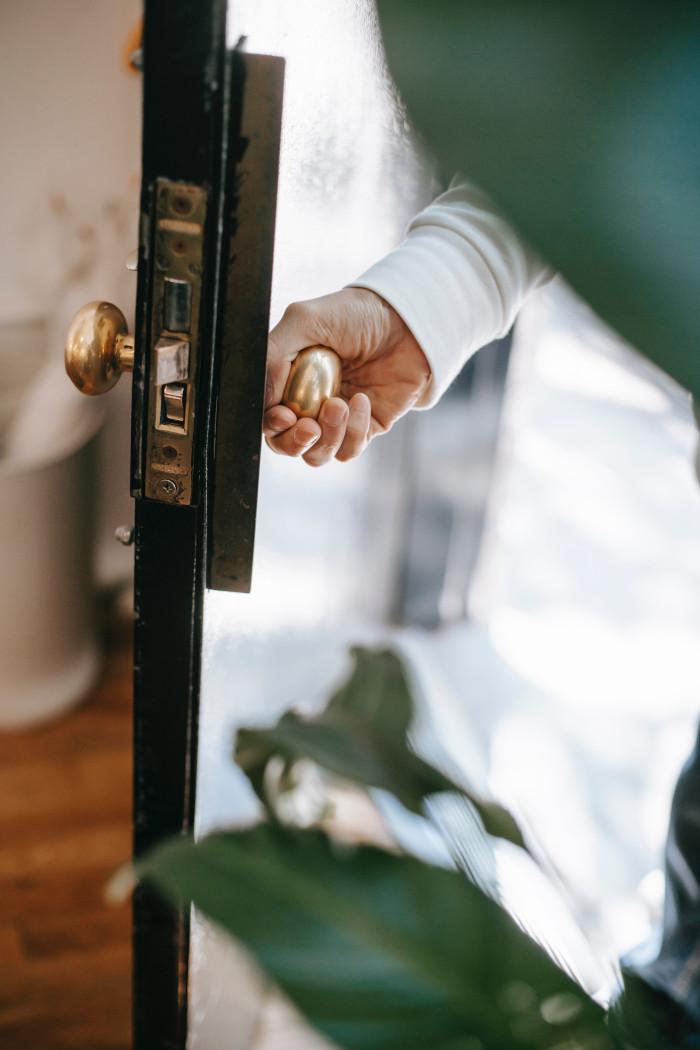As a locksmith, we’ve seen our fair share of lock tampering attempts. Unfortunately, this kind of criminal activity is an increasingly common occurrence these days, and homeowners should be aware of the warning signs that their property may have been targeted. Here are some of the methods burglars use to break into your home:

Using brute force
This is the hastiest, and therefore messiest, form of attempted break in. Often a criminal will try to bash in a lock, drill through a deadbolt, or kick down a door, leaving a trail of twisted metal and splintered wood. There are less obvious ways to force through a lock though, so you might also look for some of the following signs of unnatural wear.
Signs of brute force
- Paint circles from lock fixture movement (like it was loosened and retightened out of place)
- Bent deadbolts or latches
- Warped doors/door frames
If you notice that your key is suddenly harder to turn than usual, this could indicate pin deformation—a result of more refined methods of lock manipulation like bumping or picking. Source: SafeWise
Bumping
Lock bumping is a simple and inexpensive lock-picking technique where an intruder can unlock your door quickly using a special key.
Insert a bump key into the lock; “bump” or tap the key with a hammer, screwdriver, or other solid object; and the pins in the lock will almost magically drop to the position where they are weakest. A little twist of the key will pop the lock open. What is a bump key? Unfortunately, it’s not a specialty item or something that has to be carefully manufactured. It’s basically a blank key with some valleys filed into it for the pins to drop into when a criminal strikes the key with a hard object. If the key can slide into the lock (and many locks use the same basic blanks), it can become a bump key. Well-prepared intruders may have multiple keys purchased online or prepared by hand. The simplicity of the bump key is part of what makes lock bumping prevention so challenging—it’s not difficult to accomplish, requires little skill, and nearly every household lock is vulnerable. Source: BobVila
Picking
If you’ve ever seen a heist movie, you’re probably familiar with lock picking. This traditional method of lock tampering is gentle and doesn’t leave much of a trace. Typically, a burglar uses a small pick or flat screwdriver to rake the pin tumblers in your lock until they all catch and the lock turns.
As these small tools wiggle around inside your lock, they may cut into edges and leave marks. If you notice that your key is harder to turn than usual, check around the keyhole for tiny scratch marks or fresh, shiny metal marks finer than those left by your key. These are hard to notice but could be signs that someone tried to pick your lock. Source: Angi
If you have any concerns about tampering or other vulnerabilities in your home, don’t hesitate to contact us. We’re here to help!
Contact:
(778) 868-4628
